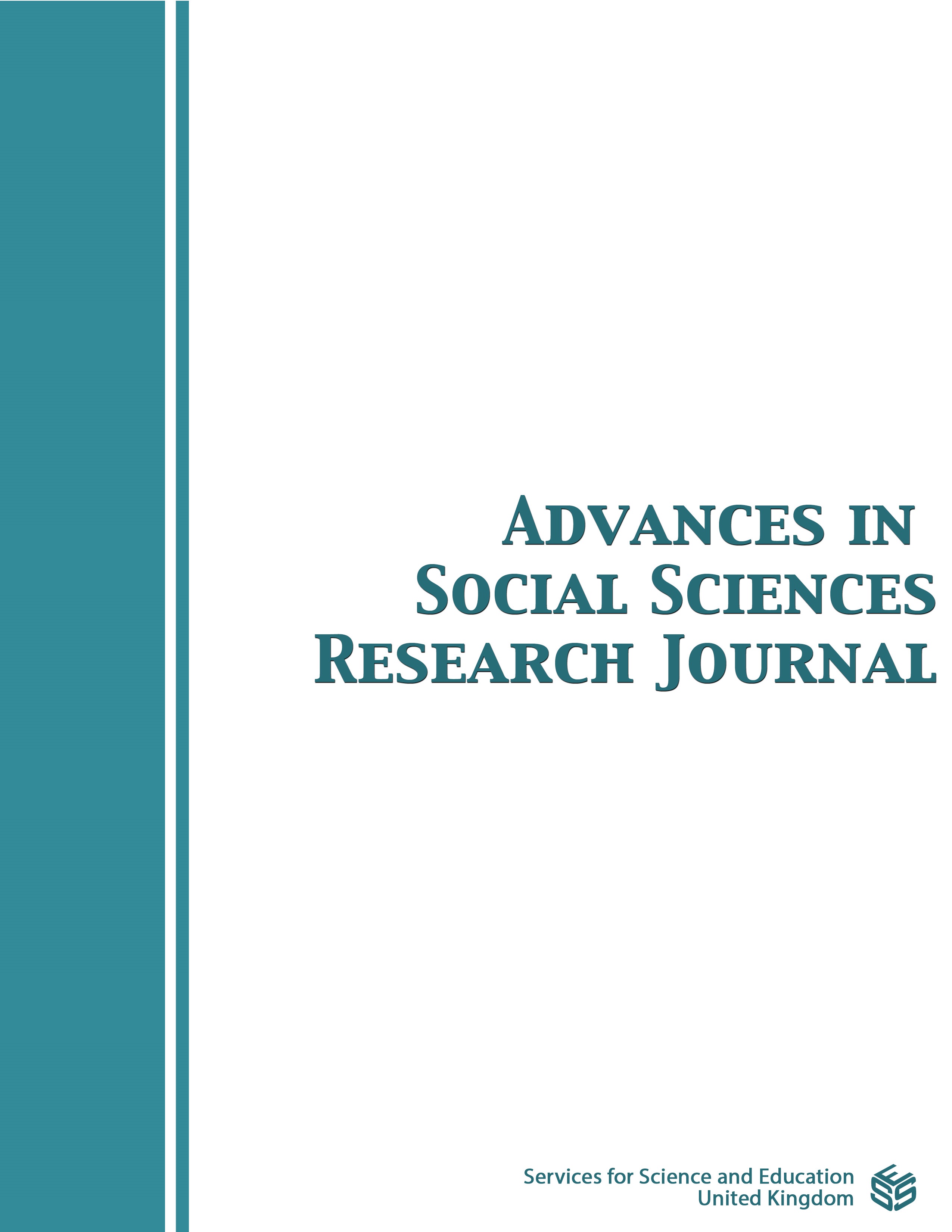A Comprehensive Theological and Scientific Study of Gestational Surrogacy
DOI:
https://doi.org/10.14738/assrj.119.17618Keywords:
parentage, maternal lineage, embryo donation, in vitro fertilization, perspectives on embryo donation, surrogacyAbstract
With advancements in science and in response to the desire of childless individuals, surrogacy has emerged as a contemporary method of treating infertility. Intriguingly, due to its novelty, this topic has sparked considerable legal and jurisprudential debate. In essence, this medical procedure involves fertilizing a woman's egg with a man's sperm outside the womb. Subsequently, due to the woman's inability to carry the pregnancy, the embryo is implanted into another woman's uterus. Surrogacy, in fact, is a means for infertile couples to have a child. Through assisted reproductive technologies, an embryo created via in vitro fertilization is transferred to a gestational carrier, who carries the pregnancy to term and then relinquishes the child to the intended parents. In Iran, assisted reproductive technologies are employed when couples, or either partner, experience infertility. In these procedures, the sperm and egg of the legal and marital couple are fertilized in a laboratory, and the resulting embryo is donated to another legal and marital couple. A crucial issue in this context is the determination of the child's parentage, especially maternal lineage. Due to the silence of the law, this matter must be resolved by examining the Constitution of the Islamic Republic of Iran and relevant jurisprudential opinions, as well as the perspectives of legal experts. In this regard, determining the maternal lineage, which involves the biological mother and the gestational carrier, presents a challenge and requires further exploration. The conclusion of this paper is that, based on Quranic verses, hadiths, the principle of freedom of will, the intentions of the parties involved, the best interests of the child, customary practices, and legal principles, the gestational carrier is considered the legal mother of the child.
Downloads
Published
How to Cite
Issue
Section
License
Copyright (c) 2024 Sareh Shokri, Saadi Karimi

This work is licensed under a Creative Commons Attribution 4.0 International License.
Authors wishing to include figures, tables, or text passages that have already been published elsewhere are required to obtain permission from the copyright owner(s) for both the print and online format and to include evidence that such permission has been granted when submitting their papers. Any material received without such evidence will be assumed to originate from the authors.






